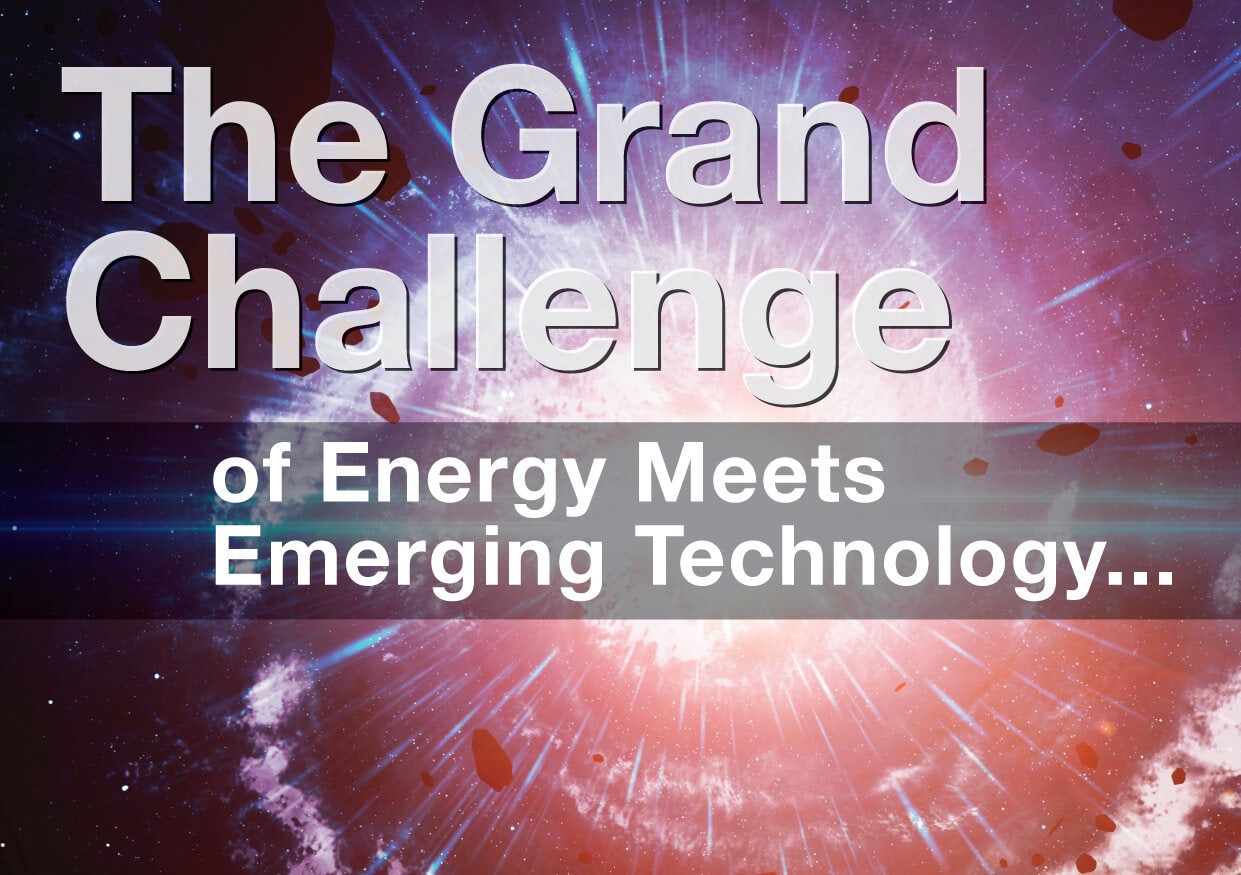The Grand Challenge of Energy Meets Emerging Technology
It is a universal prediction that by 2040 the global energy consumption will have increased by 56% compared to the levels of 2010.
Projected by The U.S. Energy Information Administration, the prediction shines a light on problems of production, sustainability, storage and conversion, all of which need some work to be done before the target requirements can be met. This complexity is known as the Grand Challenge of Energy and is addressed by Yale University Energy Science Institute, which combines “previously unrelated disciplines” to take on the issue.
Taking into examination solar hybrid cells, for example, the environmental benefits are, by now, familiar to everyone. But what Yale University is experimenting with is how to scale them up with technologies such as carbon films, membranes and nanowires, leading to more expansive storage, to name one benefit. One trial with bulk metallic nanowires showed potential for making fuel cells (in electrodes) smaller and more efficient than ever before. The developing team believes they will soon be able to make a commercially viable model to be released to the markets.
Another emerging technology that has captured the attention of Yale University is substituting gasoline for hydrogen. There is an abundance of it in the atmosphere but the complication lies in how to harness it efficiently. In addition to that, the team of scientists is focussing on developing a catalyst that would make hydrogen possibly as efficient as gasoline. It has been predicted that if successful, it could play a big part in the future of energy development.
Dashboard sees it clearly that the emerging technologies are the way forward. If the Grand Challenge of Energy is to be solved before it is upon us, efforts like these are essential. Borrowing from other branches of technology is a concept proven to work so whether it be nanowires or hydrogen conversion, such experiments will be met with great encouragement from us.
